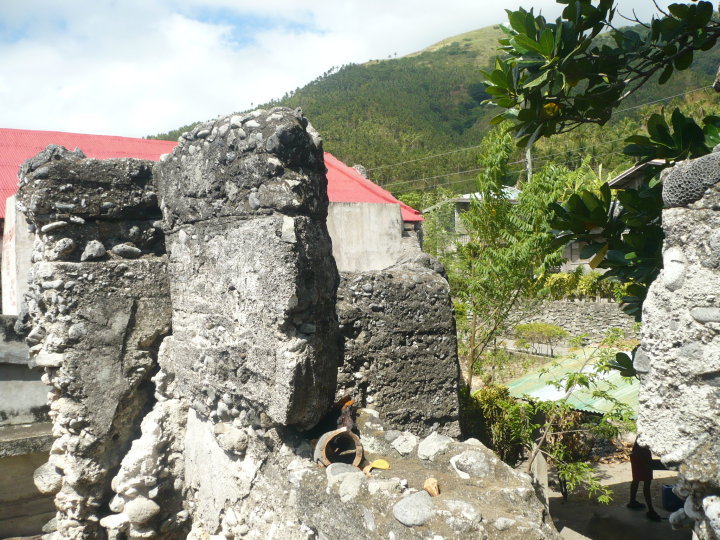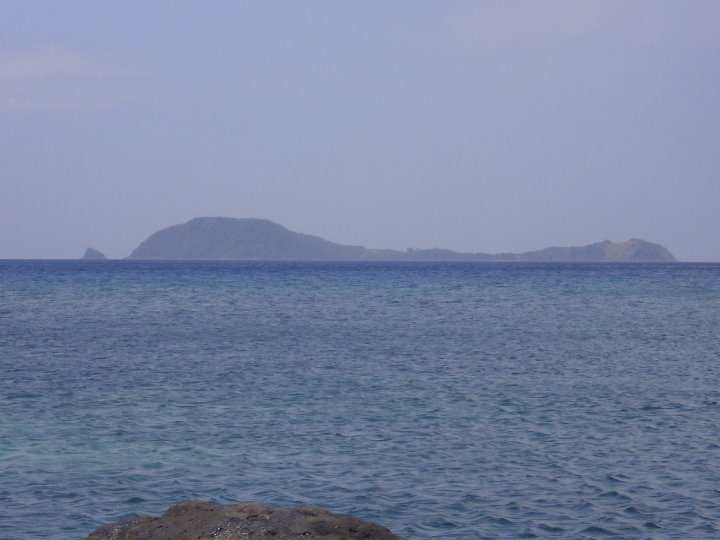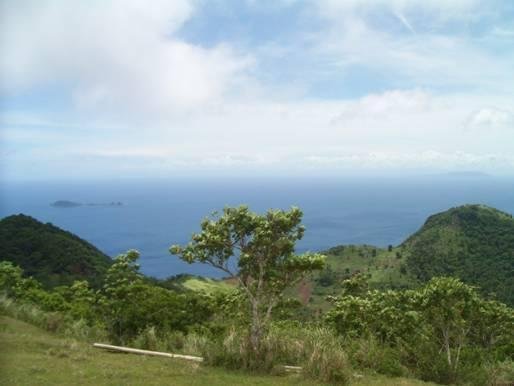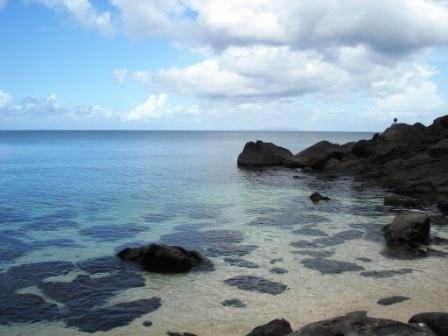 PICTURE: Fort of San Jose Banton, Romblon Tourist Spot of Barangay Poblacion.
PICTURE: Fort of San Jose Banton, Romblon Tourist Spot of Barangay Poblacion.According to the historical records of the Recollects, almost immediately after taking on the post of the missionaries, violent attacks were launched in Romblon by the Moros. The savage attacks of the Muslims gravely disrupted the evangelization of the first Recollect mission. Fr. Pedro de San Jose even reaching to the point of driving him to escape in the mountains. When Fr. Juan de San Anotonio, superior of the Recollects was informed about the situation, he was determined and acted decisively to fortify the towns of Romblon and Banton, a task which would be very difficult for the missionary to undertake. The superior assigned Fr. Agustin de San Pedro to the islands to protect the lives of its Christian inhabitants. Fr. Agustin de San Pedro won fame for his heroic actions against the pirates and war exploits in Mindanao which earned him the title “El Padre Capitan”, a famous name in Philippine History. The newly appointed priest immediately began the construction of the churches and forts of Romblon and Banton between the years 1640-1650.
 Historical Fort of San Jose Banton, Romblon
Historical Fort of San Jose Banton, RomblonIn Banton, El Padre Capitan constructed first the church and convent then the walls encircle in it. In every corner of the walls, he put towers to be able to watch the approaching enemy. A deep well and other important facilities were constructed for the needs of the evacuees in case there is a threat of Muslim attack. To the north of the church, he build a watch tower on the top of Onti Hill which has a commanding view of the entire Sibuyan Sea and the exit point of the vessels from the port of Romblon as well as the ship going toward the south of the archipelago. Banton church was dedicated to Patron Saint of the parish, San Nicolas De Tolentino. The fort was named “Fuerza de San Jose” (Fort of San Jose) in honor to Saint Joseph. In 1870, the details and the condition of the fortress church were mentioned in Memoria de Panay.” The fort is in the form of isosceles triangle. The walls measure 11.17 meters long, 2.08 meter thick and 4.58 meter high. On the top of the walls, there were 12 cannons with different calibers:
In the field of material achievements, much had been done by the Recollects and the Bantoanons. They constructed the church continually due to devastating typhoons that may come and the surprise attacks of Muslims. Because of these, they paid less attention to the artistic design of the church concentrating more on building them strong enough to hold on against whatever destructive elements to come.
The accomplishment of El Padre Capitan is truly amazing. At one time, a fleet sailed from Jolo to attack the island of Banton. On its way to Moros were trying to avoid passing Banton and Romblon in order to avoid a confrontation with the fighting priest. The enemy arrived on the sea craft and under the direction of El Padre Capitan, set on fire eight barges (caracoas) and with rest of the vessels, successfully destroyed the enemy. These served as warning against future attacks. Since then, Muslim piracy in the island was eradicated. In the book Sinopsis Historica , it was written: “Due to its location and because of the work of El Padre Capitan, the fortress church of Banton is real bastion and it would be difficult to find another fort in the archipelago into which so much effort has been poured, for the purpose of depending its inhabitants. The inhabitants themselves are simple folks, actively devoted to the town of their birth and on its occasion, whether in defense against the Moros or thieves, they always exhibited bravery.
 Gakot Image courtesy of Epi Fabonan.
Gakot Image courtesy of Epi Fabonan.




















